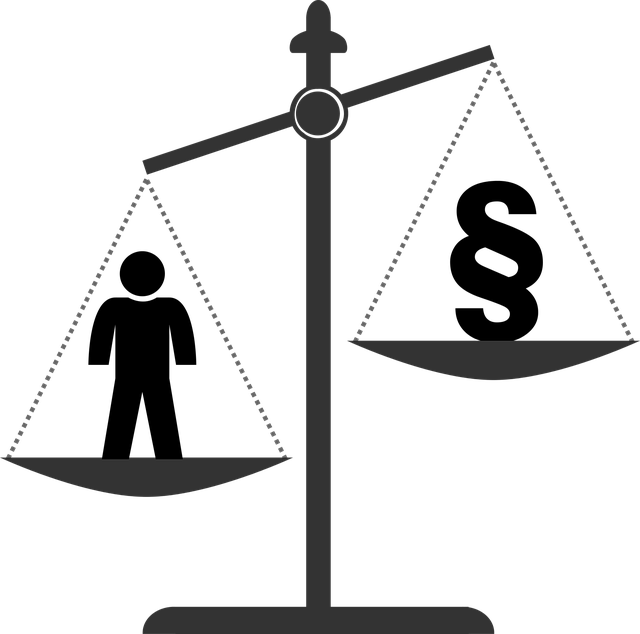Environmental Crime Trials rely on sentencing guidelines to ensure fairness and consistency in punishment, considering factors like crime severity, prior convictions, and ecological harm. These guidelines play a pivotal role in deterring future violations, especially against corporate offenders, by balancing punitive measures with environmental restitution. International disparities in sentencing practices highlight the need for global harmonization to achieve true environmental justice. Understanding how these guidelines influence penalties is essential for advocating meaningful change in environmental protection efforts.
Environmental crime trials are gaining prominence as we face growing ecological challenges. This article explores the intricate world of Environmental Crime Trials through a legal lens, delving into key aspects such as understanding the trials, sentencing guidelines, and their profound impact on penalties. We examine international comparisons to chart future directions for environmental justice. By analyzing how do sentencing guidelines affect penalties, this piece offers insights crucial for stakeholders navigating this evolving landscape.
- Understanding Environmental Crime Trials: A Legal Perspective
- The Role of Sentencing Guidelines in Environmental Cases
- Impact of Sentencing on Penalties: Practical Implications
- International Comparisons and Future Directions for Environmental Justice
Understanding Environmental Crime Trials: A Legal Perspective

Environmental Crime Trials represent a critical intersection of environmental law and criminal justice. These trials delve into cases where individuals or entities have violated environmental regulations, causing significant harm to ecosystems and communities. From pollution and deforestation to habitat destruction, these crimes demand justice and accountability. Understanding Environmental Crime Trials requires examining the legal framework that governs them, particularly sentencing guidelines.
Sentencing Guidelines play a pivotal role in shaping penalties for environmental offenses. They provide a structured approach, ensuring consistency and fairness in punishment. Judges refer to these guidelines when determining sentences, considering factors like the severity of the crime, prior convictions, and the extent of harm caused. By adhering to established guidelines, courts aim to achieve extraordinary results in environmental justice—not just punishing offenders but also deterring future violations. Moreover, these trials often involve collaboration between prosecutors, defense attorneys, and representatives from philanthropic and political communities, working together to navigate complex legal landscapes and secure resolutions that address the underlying environmental issues.
The Role of Sentencing Guidelines in Environmental Cases

In environmental crime trials, sentencing guidelines play a pivotal role in determining penalties for offenders. These guidelines are designed to ensure consistency and fairness in the justice system, particularly in high-stakes cases where corporate entities or wealthy individuals face charges for ecological devastation. They serve as a framework for judges to impose sentences that reflect the severity of the environmental harm caused. The guidelines consider various factors, such as the type and extent of pollution, loss of ecosystems, and the impact on communities, thereby ensuring that punishments are commensurate with the crimes.
For his clients facing white-collar environmental charges, an experienced lawyer must understand these sentencing guidelines to advocate for the best possible outcome. By navigating these complex legal landscapes, they can help mitigate penalties, ensuring their clients receive just sentences that focus on rehabilitation and environmental restitution rather than solely punitive measures. This strategic approach is crucial in managing high-stakes cases where the consequences can be severe and long-lasting.
Impact of Sentencing on Penalties: Practical Implications

The impact of sentencing guidelines on penalties is a critical aspect of environmental crime trials. These guidelines play a pivotal role in shaping the outcomes for both corporate and individual clients involved in cases related to environmental protection. By establishing clear parameters for sentencing, the judiciary ensures consistency and fairness across similar offenses. This is particularly important in the realm of environmental law, where complex cases often span all stages of the investigative and enforcement process.
When determining penalties, sentencing guidelines consider various factors such as the severity of the crime, the defendant’s prior record (if any), and the potential impact on the environment. For instance, how Do Sentencing Guidelines Affect Penalties can result in stiffer fines or even imprisonment for corporate entities that have caused significant ecological damage. This approach not only deters future environmental crimes but also serves as a deterrent for those involved in all stages of the investigative and enforcement process, from initial pollution to the final cleanup efforts.
International Comparisons and Future Directions for Environmental Justice

International comparisons reveal stark disparities in how environmental crimes are prosecuted and punished across different countries. This variation underscores the need for a more harmonized approach to environmental justice on a global scale. While some nations have robust legal frameworks with stringent sentencing guidelines, others lag, often resulting in lenient penalties for polluters. The impact of these differences is profound, affecting not only the severity of environmental degradation but also the deterrent effect on potential offenders.
Looking ahead, the future of environmental justice lies in strengthening international cooperation and sharing best practices. By adopting effective sentencing guidelines that align with the gravity of environmental crimes, countries can ensure that polluters are held accountable for their actions. This strategic approach, coupled with successful winning challenging defense verdicts for his clients by seasoned white collar defense attorneys, has the potential to revolutionize environmental protection efforts worldwide.
Environmental crime trials play a crucial role in upholding ecological balance and ensuring environmental justice. As we’ve explored, understanding these trials from a legal perspective, along with the application of sentencing guidelines, significantly influences the penalties imposed. The impact on practical implications cannot be overstated, as effective sentencing deters future offenses and promotes restoration. When comparing international approaches, it’s evident that harmonizing standards globally is essential for addressing the transboundary nature of environmental crimes. Moving forward, continued research and collaboration are vital to refining sentencing guidelines, ultimately enhancing environmental protection and justice worldwide.






